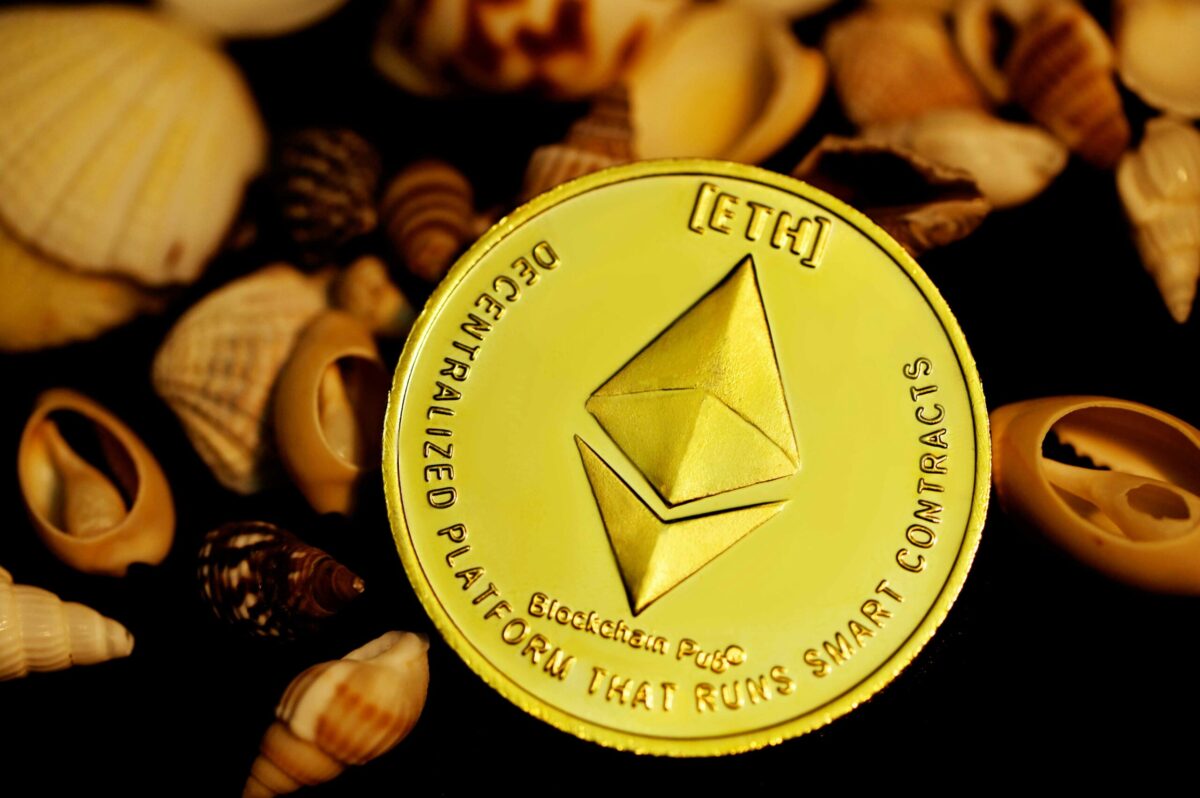JPMorgan’s Mislav Matejka recently offered insight into the current economic landscape, particularly regarding potential interest rate cuts.
Some investors have been optimistic, hoping these cuts could spark a market rally.
However, Matejka suggested that if rates are reduced, it will likely be because of slowing economic growth rather than as a boost to the markets.
This meant that the expected positive impact on the markets may not materialise as many had hoped.
September is often a difficult month for US stocks, and this year, there are additional challenges.
Political and geopolitical tensions are higher than usual, which could further dampen investor confidence.
Despite recent record highs in the S&P 500 and the MSCI All-Country World Index, driven by speculation about what the Federal Reserve might do next, JPMorgan warned that these highs may not be sustainable if rate cuts don’t have the desired effect.
This cautious outlook is mirrored in the cryptocurrency market, where expectations of rate cuts have not provided the anticipated boost. Bitcoin ($BTC), in particular, has struggled.
According to BitMEX co-founder, Arthur Hayes, Bitcoin’s value has dropped by 10% since discussions around rate cuts began. This decline suggested that the market is not seeing the benefits that many had expected.
Hayes also pointed to the Federal Reserve’s Reverse Repo Program (RRP) as a potential factor in this struggle.
The RRP allows institutions to park their money with the Fed, which might be pulling investment away from riskier assets like cryptocurrencies.
As a result, both the stock market and the crypto market are experiencing uncertainty as they wait for further developments.
Bitcoin investors hold back
The largest cryptocurrency by market capitalisation has also recently seen its price drop below $59,000.
For some, this might seem like a good time to buy, but many investors are approaching with caution. Recent data showed that they are hesitant to jump back into the market.
A report from a CryptoQuant analyst, known as ‘Kriptolik,’ revealed that the inflow of stablecoins into exchanges is near all-time lows. This could indicate that investors lack confidence in a quick recovery for Bitcoin.
Stablecoins, which are often tied to traditional currencies like the US dollar, are usually used by investors as a safe place to hold their money during volatile times.
When the market begins to recover, these stablecoins are typically used to buy assets like Bitcoin.
However, the current low levels of stablecoin inflows suggest that investors are not convinced that Bitcoin’s price has bottomed out yet.
Typically, after a sharp drop in Bitcoin’s price, investors who believe the market is undervalued would move large amounts of stablecoins into exchanges to purchase Bitcoin and drive its price up. But, as Kriptolik pointed out, this is not happening at the moment.
Bitcoin did see a small increase of 0.5% recently, but it is still down by 8.5% over the past week, trading at $58,156 at the time of writing.
Crypto analyst Mags has observed that this period of consolidation, where Bitcoin’s price is stuck in a narrow range, is similar to previous cycles.
In those cycles, Bitcoin’s price hovered near its all-time high before eventually resuming its upward trend. While this might offer some hope, the overall market sentiment remains cautious.
NFT market struggles too
The non-fungible token (NFT) market, which had a strong start to the year, has seen a significant drop in recent months.
According to data from NFT tracker CryptoSlam, the market has experienced a 76% decrease in sales since its peak of $1.6 billion in March.
NFT sales totalled $4.1 billion in the first quarter of the year, but this momentum slowed considerably in the second quarter, with sales falling to $2.24 billion.
This marked a 45% decline from the previous quarter. The downward trend continued into the summer, with April seeing sales drop to $1.2 billion and May further declining to $598 million.
July saw sales fall to $427 million, even though the number of transactions surged by 87%, from 5.7 million in June to 10.7 million.
August saw another decline, with transactions dropping to 7.3 million, a 31% decrease from July.
On a brighter note, the average value of each NFT sale increased by 27%, from $39.93 to $50.74. By early September, this average value had climbed to $86.04 per transaction, offering a small silver lining in an otherwise challenging market.

